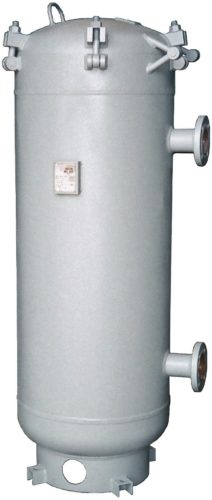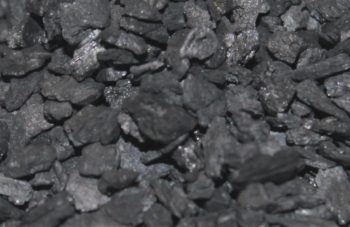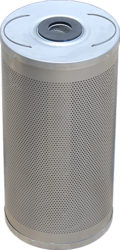The Type 61V-C Activated Carbon Filters with virgin activated carbon granules removes dissolved hydrocarbons and other impurities from amine and glycol processes for the prevention of foaming and reduction of corrosion


With activated carbon filtration, the “activated” carbon has been processed typically by exposure to high temperature steam to open pores in each carbon particle. The activation process adds a much greater surface area and thus provides many times the adsorbing capabilities of the carbon. Typically, two or more low flow carbon-filled canisters filled with activated carbon are stacked inside the vessel.
How the activated carbon filter works:
As is typical with amine filtration and glycol filtration, a low volume liquid flow enters the activated carbon filter housing and into the carbon-filled canisters. Here, the impurities are removed as they come into contact with the activated carbon and are adsorbed onto the exterior and interior porous surfaces of the carbon particle. The impurities do not “absorb”, or assimilate into the carbon, but rather they “adsorb”, or accumulate on the carbon’s external surfaces. “Activating” the carbon creates pores throughout the granule which creates many times the original surface area. Typically, the carbon canisters are stacked two or three high inside the activated carbon filter housing and have a radial flow from outside to inside. The carbon canisters are provided with a gasket on each end for excellent sealing and a top cap on the uppermost canister. The recommended flow rate for each canister is 1.5 GPM. For higher flow rates, multiple stacks of canisters may be employed.
Recommended practice for activated carbon filtration installation:
The activated carbon filter should be protected upstream with reliable particulate filtration to prevent solid contamination from entering the carbon bed and congesting the open pores in the carbon particles. It is also important to provide particulate filtration downstream of the carbon filter to remove any carbon fines that may carry over. For both installations our Type 61 Liquid Filter is recommended.

